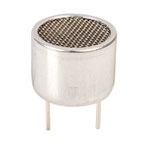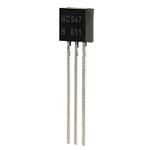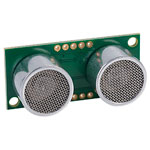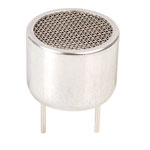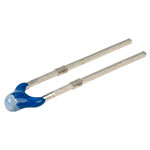35-0175
- RoHS Compliant
- Country of Origin: Taiwan
- Free UK shipping available
- View Full Product Range (2)
| Qty | Was | Unit Price (Ex VAT) |
|---|---|---|
| 1+ | £2.56 | £2.48 |
| 25+ | £2.29 | £2.22 |
| 100+ | £1.92 | £1.86 |
This ultrasonic ceramic transducer is an open type transmitter that come in a robust aluminium housing. Applications include remote control, data transmission, Doppler motion detectors, robotics, intruder alarms, energy saving devices, etc.
A matched transmitter is also available, see 35-0180.
- 40kHz Centre frequency
- High sound pressure level 120dB
- Piezoelectric ceramic disc transmitter
- Excellent durability
- High stability
| Operating voltage | 20V |
|---|---|
| Range | N/A |
| Sound Frequency | 40kHz |
To use this facility please Sign In.
Sign InQuestions
A good example of an ultrasonic transmitter can be found here.
